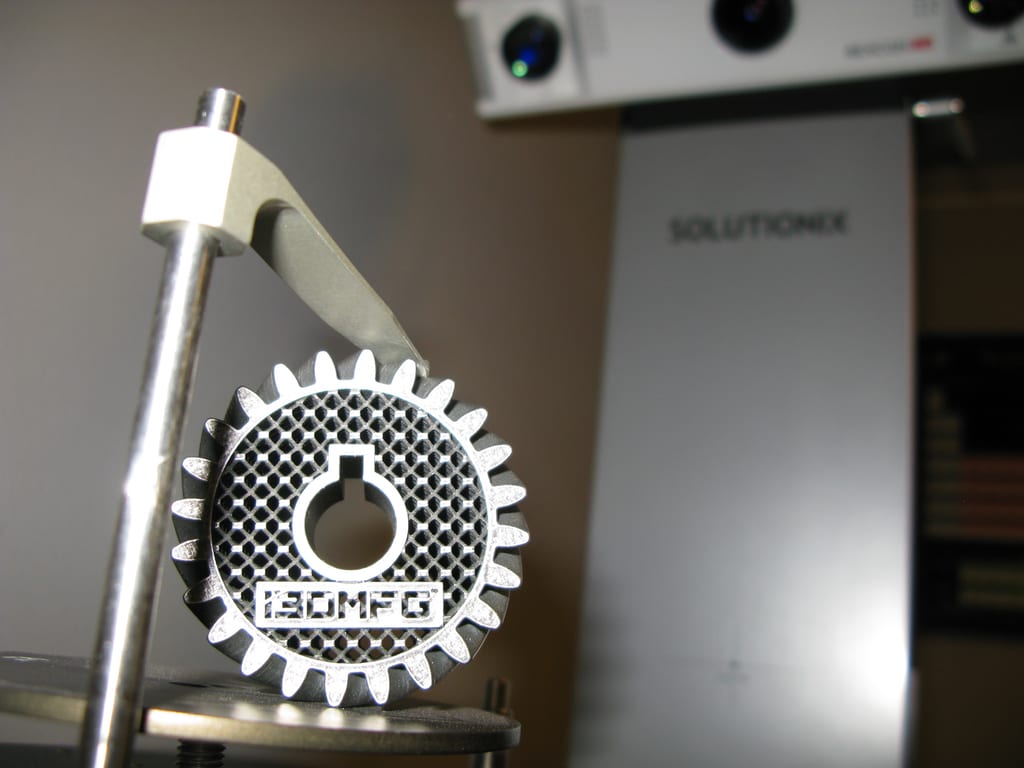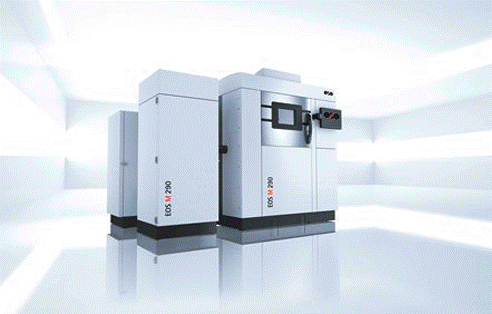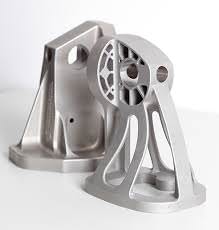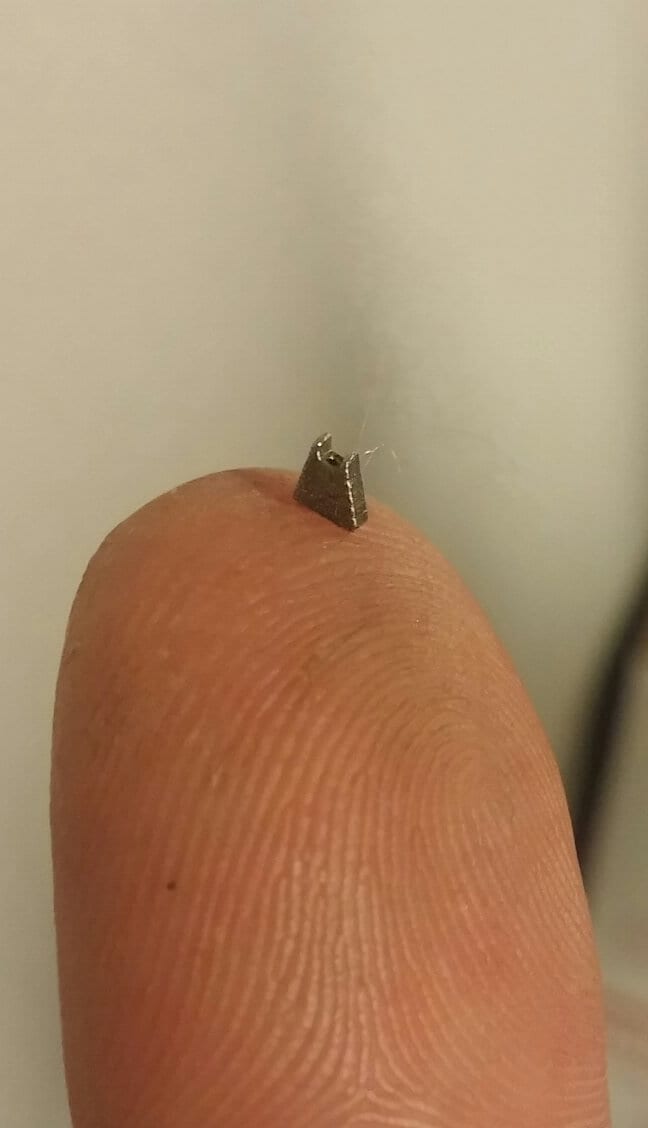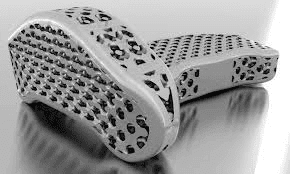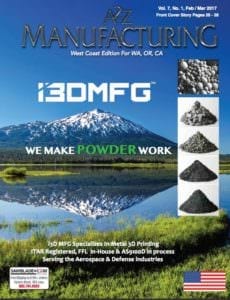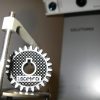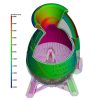By i3d
FDA Releases New Guidance For 3D Printed Medical Devices
Due to concerns over the various qualifications processes and impact of different materials, the FDA has been slow to approve the use of 3D printing when it comes to medical devices and drugs. In order for the process to move quicker and more smoothly, the FDA has [finally] released a draft guidance for 3D printed medical devices.
Since technology typically moves a lot faster than most agencies can keep up with, this guidance comes at a time when then FDA has been been confronted with both the 3D printing of drugs and medical devices.
To date, there have only been 85 3D printed medical devices that have been approved by the FDA. Back in March, a 3D printed tritanium PL posterior lumbar cage was approved. But so far few of them include high-risk devices that require premarket approval. The FDA feels that this group is more likely to benefit patients in the short term, so their new draft guidance is fully focused on these medical devices. Its goal? To provide developers with more insights into FDA thinking about the technical considerations and validation processes that 3D printed devices require.
The new FDA guidance is focused on two of the most important areas of development: design and manufacturing, and device testing. The benefit here is that this new draft guidance provides insights into the most complicated parts of the approval process.
For 3D printers, this means they will need to “clearly identify each step in the printing process… from the initial device design to the post-processing of the final device.” The developers and clients who might hire outsourced 3D printers also need to understand all upstream effects of the different manufacturing steps.
“For example, the ratio of recycled to virgin powder can affect melting properties, which affects the energy needed to create consistent bonding between layers, which in turn affects [a device’s] final mechanical properties,” they write in the draft.
This new FDA draft reiterates the fact that 3D metal printing holds numerous advantages for the development of medical devices. The FDA writes this in their draft,
“[3D printing] has the advantage of facilitating the creation of anatomically-matched devices and surgical instrumentation by using a patient’s own medical imaging. Another advantage is the ease in fabricating complex geometric structures, allowing the creation of engineered porous structures, tortuous internal channels, and internal support structures that would not be easily possible using traditional (non-additive) manufacturing approaches…”
The full draft can be found here in our library.
Like this:
Like Loading...
